Ports.


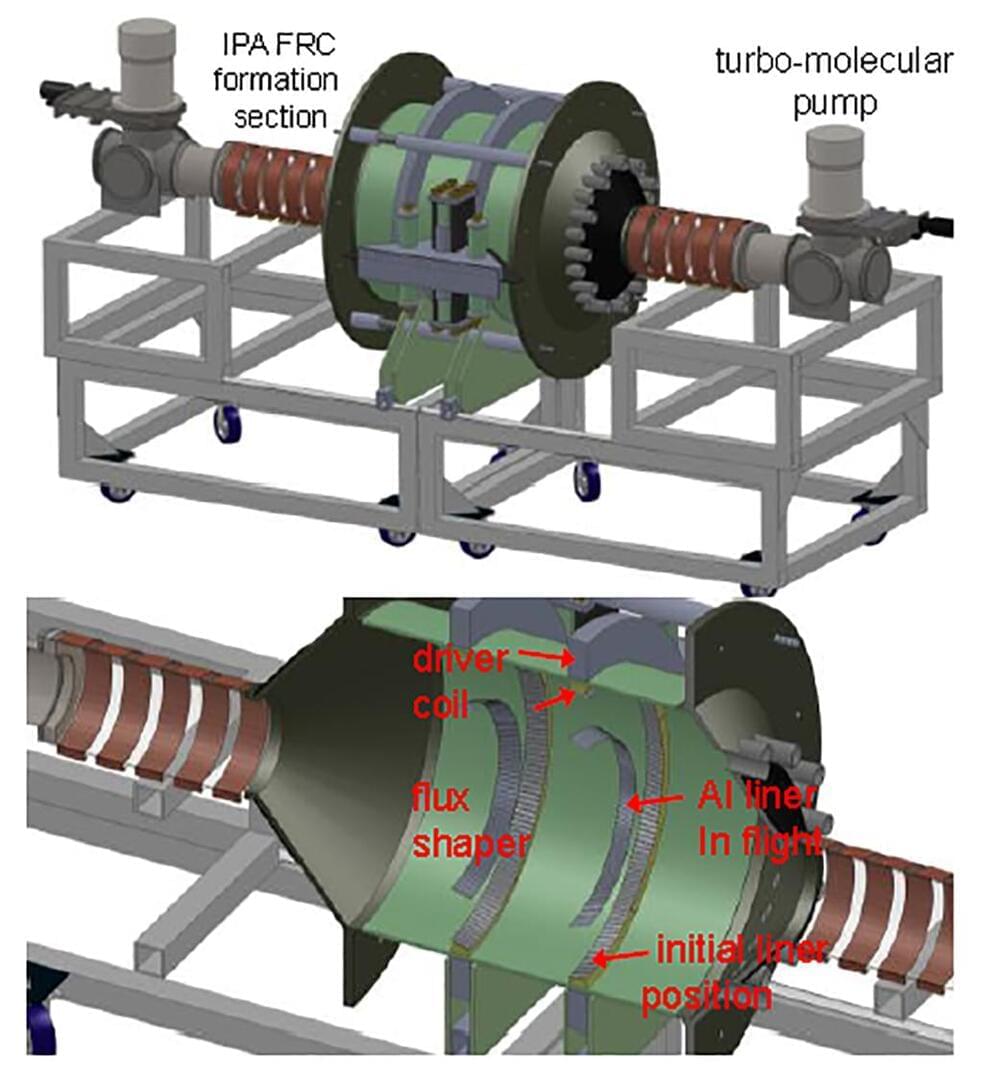
Engineers at California Institute of Technology (Caltech) and the Nanyang Technological University (NTU) in Singapore teamed up to develop a chain mail-inspired fabric that transforms from a fluid malleable material into a solid protective material when under pressure, a press statement reveals.
The material could be used for a host of potentially lifechanging applications, including as smart fabric for exoskeletons, for a cast that becomes more or less rigid when needed to facilitate the healing of an injury, and as a deployable bridge that could be thrown over an obstacle and stiffened so that people can walk across with ease.
Inspired by the mastery of artificial intelligence (AI) over games like Go and Super Mario, scientists at the National Synchrotron Light Source II (NSLS-II) trained an AI agent — an autonomous computational program that observes and acts — how to conduct research experiments at superhuman levels by using the same approach. The Brookhaven team published their findings in the journal Machine Learning: Science and Technology and implemented the AI agent as part of the research capabilities at NSLS-II.
As a U.S. Department of Energy (DOE) Office of Science User Facility located at DOE’s Brookhaven National Laboratory, NSLS-II enables scientific studies by more than 2000 researchers each year, offering access to the facility’s ultrabright x-rays. Scientists from all over the world come to the facility to advance their research in areas such as batteries, microelectronics, and drug development. However, time at NSLS-II’s experimental stations — called beamlines — is hard to get because nearly three times as many researchers would like to use them as any one station can handle in a day — despite the facility’s 24/7 operations.
“Since time at our facility is a precious resource, it is our responsibility to be good stewards of that; this means we need to find ways to use this resource more efficiently so that we can enable more science,” said Daniel Olds, beamline scientist at NSLS-II and corresponding author of the study. “One bottleneck is us, the humans who are measuring the samples. We come up with an initial strategy, but adjust it on the fly during the measurement to ensure everything is running smoothly. But we can’t watch the measurement all the time because we also need to eat, sleep and do more than just run the experiment.”
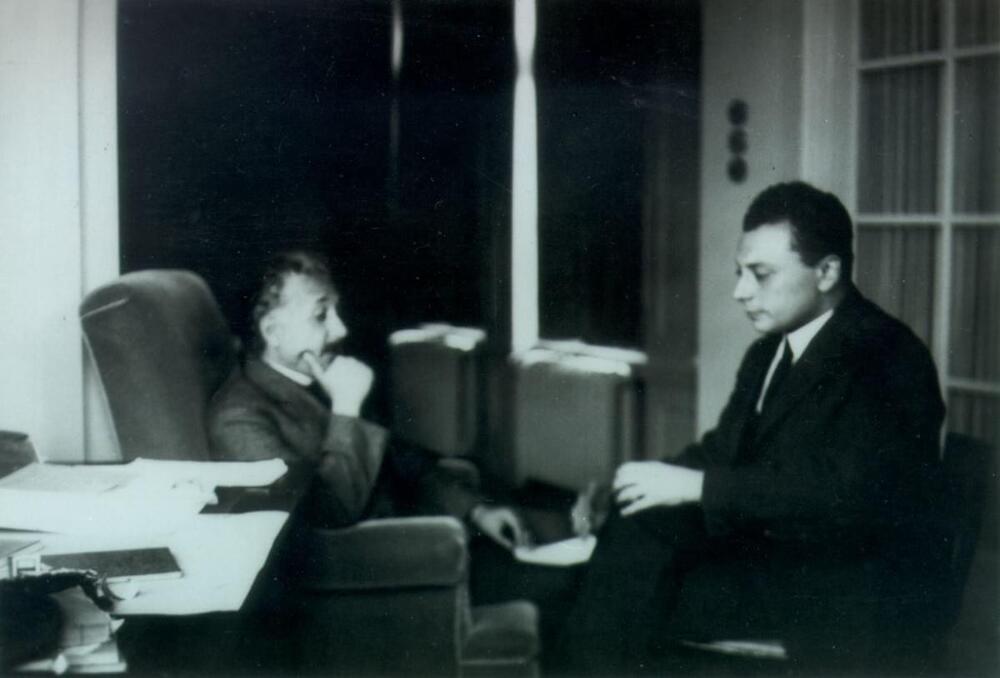
Machine learning could help humanity discover more than ever.
Looking to the future, astronomers are excited to see how machine learning will enhance surveys.
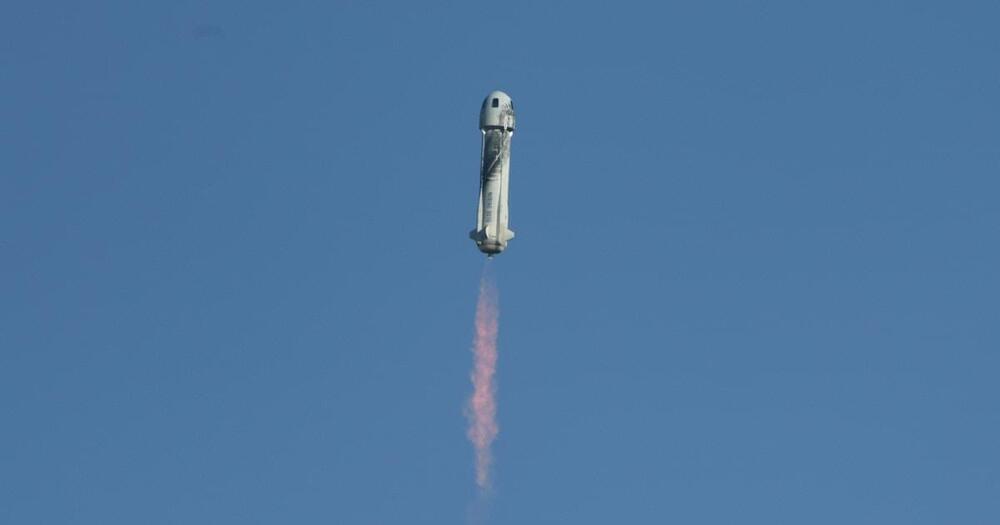
“THE MORE WE TRY TO FORCE EQUALITY, THE MORE WE’RE CREATING A DIVIDE.”
Amy Shira Teitel
And it was male-helmed mega-companies that spurred this surge in space travel. In July, Richard Branson launched himself into suborbital flight on a Virgin Galactic spacecraft. A week later, Jeff Bezos followed suit on a Blue Origin rocket. Elon Musk’s SpaceX launched the first all-civilian space flight in mid-September. Then, Bezos brought sci-fi to life by sending Captain Kirk himself, William Shatner, on a suborbital flight in October.
While women made their own history — as members of the first all-civilian space flight in September, and when Wang Yaping became the first Chinese woman astronaut to do a spacewalk on November 8 — men seemingly remain light years ahead in the gender space race.
Space, inherently, should interest all of us. We are literally made of stardust. There is, very likely, intelligent life elsewhere in the universe. Yet, while space feels deeply compelling to some, for many others it is unrelatable, inaccessible, and irrelevant.

The human and the bird worlds overlap, particularly in cities and suburbs where we have to tolerate each other’s presence. With this in mind, a group of Spanish scientists set out earlier this year to observe whether humans’ changing behavior as a result of the pandemic had affected our feathered friends. Published in the journal Proceedings of the Royal Society B, the researchers’ findings repeatedly surprised them. For one thing, scientists expected birds to be more abundant in urban and town spaces, places that humans were suddenly scarcer in. This proved not to be the case. Yet birds did change their routines in response to humans become quieter. Notably, some species of male birds became louder and more musical, as the reduction of noise pollution allowed them to perform their calls earlier in the day.
It is strange to think that birds live among us, and yet are so alien in their everyday routines and lives. Vinciane Despret — a Belgian philosopher of science and associate professor at the University of Liège — would like to change that with her new book, “Living as a Bird” (translated by Helen Morrison). Opening with observations about a nearby warbling blackbird, Despret immerses readers into the world as it is perceived by those with wings, beaks and talons. While birds of different species will co-exist peacefully during the migratory months of winter, they ostentatiously sing once spring comes and become very aggressive with other birds. To understand both this process and birds’ mindsets more broadly, Despret approaches the subject with the vivid prose of a creative writer instead of the dry, dense verbiage of the detached scientist.
If there is a common theme throughout the book, it is that differences between species (and, for that matter, within the biological sexes in each species) are layered, intersected and rarely as simple as we might prefer to think. Using this understanding as a narrative lens, Despret’s book explores how birds transition from peacefully co-existing during the winter migration to a complex social system in which they sing aggressively, form alliances and behave territorially. Despret told Salon that there were several important lessons she learned about how a bird’s point of view will differ from a human’s. The first involves their perception of time.
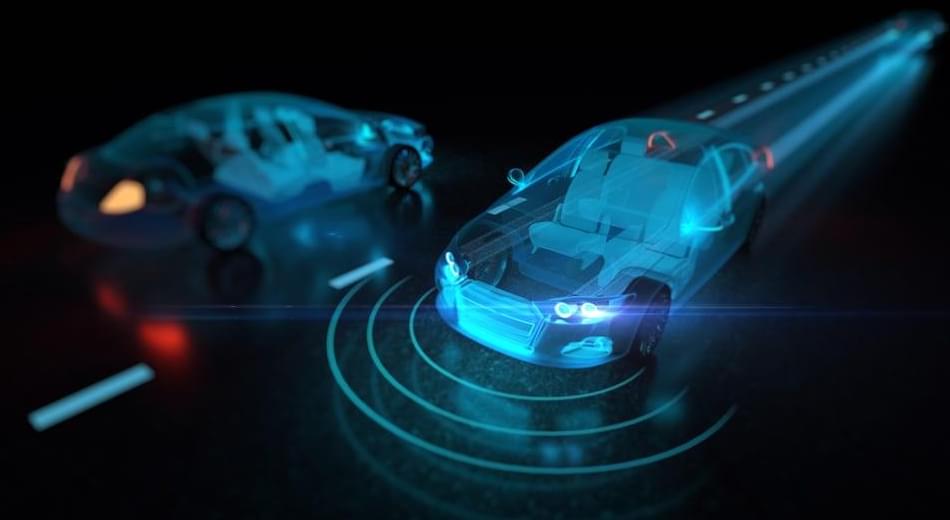
Quickly, tell me what you think a self-driving car looks like. Most people have not seen a self-driving car in the wild, so to speak, having only seen self-driving cars indirectly and as shown in online videos, automotive advertisements, and glossy pictures posted on social media or used in daily news reports. For those people that perchance live in an area whereby self-driving cars are being tested out on public roadways, they tend to see self-driving cars quite often. The first reaction to seeing a self-driving car with your own eyes is that it is an amazing sight to see (for my first-hand eyewitness coverage of what it is like to ride in a self-driving car, see the link here). This is the future, right before your very eyes. One day, presumably, self-driving cars will be everywhere, and they will be a common sight. We won’t take notice of self-driving cars at that juncture, treating them as rather mundane, ordinary, and all-out ho-hum. Right now, they are a marvel to behold. Full Story:
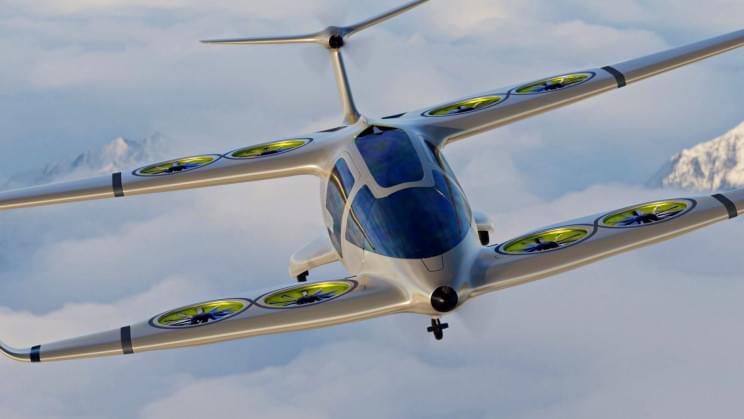
Ascendance Flight Technologies, based in Toulouse, France, has unveiled the striking design of its new hybrid-electric VTOL aircraft, ATEA, according to a press release.
The ATEA is a five-seat hybrid-electric aircraft that can perform vertical takeoff and landing (VTOL). The concept stands out from the rest since it has a tandem wing configuration with rotors incorporated into them, giving it a strikingly unusual appearance.
The concept is the result of three years of research and development, and it’s called the “tomorrow’s aircraft” since it reflects the company’s goal of assisting in the decarbonization of aviation: The aircraft aims to reduce carbon emissions by 80 percent compared to traditional helicopter designs.